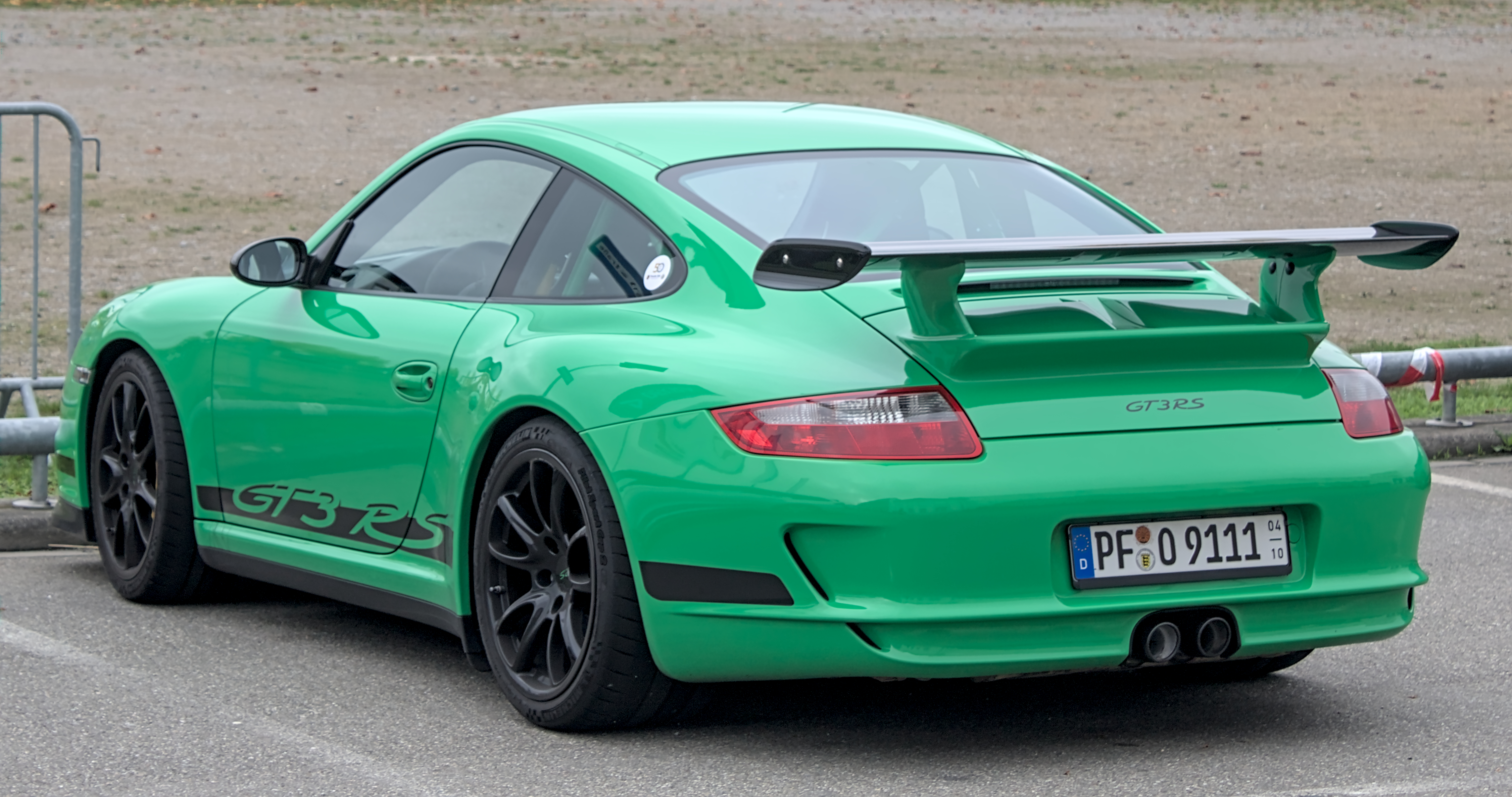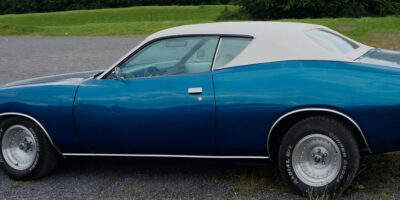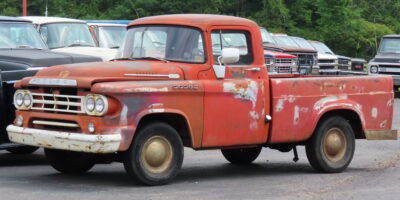1977 Monte Carlo: A Detailed Look
The 1977 Chevrolet Monte Carlo represented a significant transition in the history of American cars. Known for its unique styling and distinctive features, this model holds a special place in automotive history. Let’s delve into the design, performance, and cultural impact of the 1977 Monte Carlo.
Design
The Monte Carlo’s design in 1977 showcased a blend of strength and sophistication. Compared to its predecessors, it had a more streamlined appearance. The front end featured a distinctive quad-headlight setup flanking a prominent split grille, giving it a bold facade.
- The hood ornament added a touch of elegance.
- The body had sculpted lines that ran smoothly from front to back.
- The rear quarter windows were styled in a classic opera window design.
These elements combined to give the Monte Carlo a modern yet timeless look. Despite being larger than contemporary cars, it maintained a sleek profile.
Interior

The interior of the 1977 Monte Carlo did not disappoint. Those who got behind the wheel were greeted with a driver-centric dashboard. Controls were within easy reach, enhancing the driving experience.
- Seats were spacious and comfortable, often upholstered in plush fabrics or vinyl.
- Wood-grain accents on the dashboard and door panels added a touch of luxury.
- Instrumentation was straightforward, with clear gauges and indicators.
These features made long-distance drives comfortable and enjoyable. The spacious rear seating provided ample room for passengers, reflecting the car’s full-size status.
Performance
Under the hood, the 1977 Monte Carlo offered a range of engine choices. The base model came with a 305 cubic inch V8 engine. This provided a good balance of power and efficiency for the era.
- Optional upgrades included a 350 cubic inch V8 engine.
- A three-speed automatic transmission was standard, with a four-speed manual available.
- Suspension was tuned for a smooth ride, absorbing road imperfections effortlessly.
These performance aspects made the Monte Carlo enjoyable to drive. While it wasn’t a muscle car like earlier models, it offered respectable power and a comfortable ride.
Fuel Economy
By 1977, fuel efficiency had become more important due to rising fuel costs. The Monte Carlo was designed to meet these demands. The smaller base engine and aerodynamic design helped improve fuel economy.
- Engine enhancements included electronic ignition systems.
- Additional weight-saving measures were implemented.
- Transmission options optimized fuel consumption.
These changes made the Monte Carlo one of the more fuel-efficient options in its class while still delivering solid performance.
Cultural Impact
The 1977 Monte Carlo left a lasting impression in popular culture. It was featured in numerous television shows and movies, often symbolizing a mix of style and power. Car enthusiasts appreciated its blend of classic and modern elements.
- Collector interest remains high, with well-preserved models fetching good prices.
- Automotive clubs and forums dedicated to the Monte Carlo thrive.
- Customization culture embraced the Monte Carlo for its versatility.
Its influence on automotive design can still be seen today, especially in retro-inspired models.
Production and Sales
The 1977 model year was successful for Chevrolet. The Monte Carlo saw strong sales, reflecting its popularity. Production numbers solidified its status as one of the best-selling personal luxury cars of the time.
- Nearly 412,000 units were sold in 1977, a testament to its appeal.
- Chevrolet’s marketing focused on its blend of luxury and performance.
- Price point made it accessible to a broad audience, capturing a wide market.
This sales success helped reinforce the Monte Carlo’s position in Chevrolet’s lineup for years to come.
Maintenance and Restoration
Restoring a 1977 Monte Carlo can be a rewarding endeavor. Due to the solid build quality, many original parts have stood the test of time. Enthusiasts looking to restore these vehicles can find a wealth of resources.
- Dedicated websites and forums offer detailed technical advice.
- Parts suppliers and salvage yards provide access to original and aftermarket parts.
- Community events and car shows offer opportunities to connect with other owners.
The restoration process not only preserves the car’s legacy but also contributes to the collective automotive heritage.
Legacy
The legacy of the 1977 Monte Carlo is a testament to thoughtful design and engineering. Its place in automotive history is marked by a balance of luxury, performance, and cultural impact. Whether on the road or as a part of a treasured collection, the Monte Carlo continues to inspire admiration and nostalgia.
“`nn
Essential Classic Car Resources
n
Every classic car enthusiast needs the right resources and products:
nn
The Complete Restoration Guide
n
The Complete Idiot’s Guide to Restoring Collector Cars – Whether you are buying your first classic or restoring a barn find, this comprehensive guide covers everything you need to know.
n
nn
Premium Car Care Kit
n
Chemical Guys Complete Car Care Kit – Professional-quality car wash and detail products to keep your classic looking showroom-fresh.
n
n
As an Amazon Associate, we earn from qualifying purchases.




Subscribe for Updates
Get the latest articles delivered to your inbox.
We respect your privacy. Unsubscribe anytime.